I first looked into the work of Todd Hido a couple of years ago as part of a Level 6 student talking to me about Hido’s work being reminiscent of my own when I was taking photographs of a car park at night time. That post is here and I started looking at some of his work in the monograph House Hunting. This is part of his Homes At Night portfolio.
House Hunting is a book of Hido’s images taken during the night time by driving around and stopping when he sees a scene that he wants to capture. The images come across as an eerie scene with no motion or dynamics, the lights are on in some houses indicating that there are human inhabitants but there is never any definite identification of who the house belongs to.
‘I take photographs of houses at night because I wonder about the families inside them,’ ‘I wonder about how people live, and the act of taking that photograph is a meditation.’
Todd Hido
The photos in the House Hunting series align with my vision of Liminal Spaces which is how my practice began for the year.. Liminal Spaces are transitional spaces that people move through or enter into to change to somewhere or something else. These images are creepy and unsettling which right in my wheelhouse. I love the feeling of unease that develops from images liek this and soaks into the viewers bones.

Hido uses light as his main tool, which photographer doesn’t? and the light int eh windows and the projections from street lights or neighbours windows cast blocks of light onto walls and fences. The shadows that result from the surrounding lights and the illuminated windows provide the context and increase the mystery as to whose house this is.
Hido began photographing houses at night as it captured his imagination and fitted in with his tastes, his influences containing Alfred Hitchcock and Edward Hopper. The former a movie director known for his tension inducing thrillers using all the tricks int eh book to put the viewer ill at ease and the latter being a painter who used dark and light to create complex images capturing a mood.
Hido’s photos in House Hunting could easily be movie stills from an early Hitchcock film, capturing the timeless quality if the US houses and surroundings., thus setting the scene for an unfurling horror filled story such as the Birds or Psycho.
This uneasiness might be more apparent to me as I have a wide ranging experience of watching movies and I may link the photography and these movies together causing this cautious feeling when looking at Hido’s photographs.

Edward Hopper Influence
Edward Hopper is an artist who is famous, but probably his most well known work is “Nighthawks”, a picture of a cafe/coffee shop in New York City in the late night/early morning with some patrons partaking in a hot beverage and some chat. The lighting on the image is really fascinating to me and it shows the details within the building and spills out onto the street, even illuminating the window of a shop on the other side of the road. This is a wonderful attention to detail and I can see how this work influences the eye of Hido. There are people in this image and in most of Hopper’s images but the language of light and shadow is obviously something that Hido took on board.

Early Days
Hido was born in 1968 in Ohio but is based in San Francisco and he completed his Masters in Fine Art in 1996 at Oakland, California College of Arts and Crafts. His exhibition at the Stephen Wirtz gallery in 1998 was called House Hunting, which is ultimately where the monograph developed from.

Like my work, I’m often taking photos in public places of public buildings or even private properties. Hido does not hide what he is doing, he is open and upfront with taking photographs and when confronted by the law or people from the area will gladly stand up for himself and knows the law around taking photographs. “You’re allowed to take pictures in public” says Hido in a quote on his website.

In Between
Hido also did other projects that featured houses at night and one where he started integrating images of female subjects, mainly nudes. His work Between the Two features the houses and other buildings captured in low light and playing along the lines of his previously well known works. The subjects he includes in the internal shots are known to him but whilst you might imagine that the subjects might offer some more context to the buildings, this does not occur.
In Between The Two, he demonstrates his other influences, Nan Goldin, Rineke DIjkstra and Alfred Stieglitz. The portraits of the women are seemingly honest and warts-n-all representations. Whilst I don’t generally include portraits in my photography I can see who these fit in to the catalogue of work that Hido has created over the years, but it’s not really a facet I want to start photographing. To me the interest is the atmospheric and mood filled images capturing an area of the country.
On his website, Hido is quoted as saying ” I learned early on that ambiguity was one of art’s best tools.’” when discussing the fact that viewers of his works often tell him how they are reminded of somewhere or an event. This is good for my Contextual work on the Atmosphere created by photographs as well as helping me to narrow down the focus for the practice works that I’m creating.
The houses at night that he photographs feel similar to my photographs of my workplace, external and internal, that are captured in the hours after the workers have left.
Later Works
Some of Hido’s later works would include more subjects in the frame primarily female acquaintances, and whilst he includes some familiar night time house photos, he seems to be capturing the context around the photographs in the areas. He is revisiting the Ohio of his childhood, apparently not in Ohio, but with constructed scenes that remind him of his younger years. Hi slater work Excerpts from Silver Meadows is a journey for Todd Hido and he wanted to create a book to contain the work that must be a physical experience. Seemingly disappointed by the e-book revolution, he wanted to present this monograph differently and it resembles a scrapbook on a couple of the double gate folds.
Researching into Hido I found some interesting sources which are discussed below.
Video Essay
A video essay by Jamie Windsor How Todd Hido Creates an Atmosphere particularly helped me with my practice and contextual works.
“The lack of clear, objective narrative in his imagery means we channel our own experience and feelings into it, and that has the potential to make a connection that feels profoundly strong and deep.” (Jamie Windsor)
This video contains some great observations and information about how Hido’s works links with Windsor’s early experiences of being creeped out in an abandoned building. He talks of the liminal spaces and places where people are alone and disconnected from everyone around.
Windsor mentions that he has the same uneasy feeling from going into an empty car park at night, and links it to the Liminal Spaces that I’ve already mentioned beforehand. There are mentions that the places are more creepy if the locations are known to us but don’t feel populated as they might normally be. This links back to the works of Nakano, mentioned in the previous post, who made photos of Tokyo with nobody in them.
Isolation or the fear of isolation taps into the subconscious of many people and the viewer has used their imagination to fill in the details. Some people will make up a scary story, some will have memories that remind them of a certain place or time. It’s very subjective, and Hido doesn’t tell the viewer what he wants them to see or understand, but allows the viewer to make up their own mind.
Much of the content of the video fitted in well with my contextual work on Atmosphere and Liminal Spaces or my finished product, Shutdown, in that there are no people visible in the images and it’s not immediately obvious what it is you’re looking at.
Lecture
Todd Hido’s “Wish You Were Here” Lecture
In the lecture that can be found in the link above we have Hido himself discussing his works and he uses much of the same language that I use when talking about my work and the practice of liminal spaces. In the video Hido says the line:
Photograph like a documentarian, print like a painter
Todd Hido
I take this to mean that he uses the camera to capture the exact scene in front of him, the actual contents of the world as closely as possible to realism. Then in the darkroom he uses many techniques to alter the prints to create the mood or the overall feeling that he wants. He says that he has no rules in the darkroom, and often changes colours to be how he felt it rather than what the camera captured exactly.
Influenced Work
The connections between Hido’s work on his Houses At Night and Liminal Spaces is undeniable and makes sense to me when I compare it to some of my images from the series called Shutdown, some of which can be seen below.

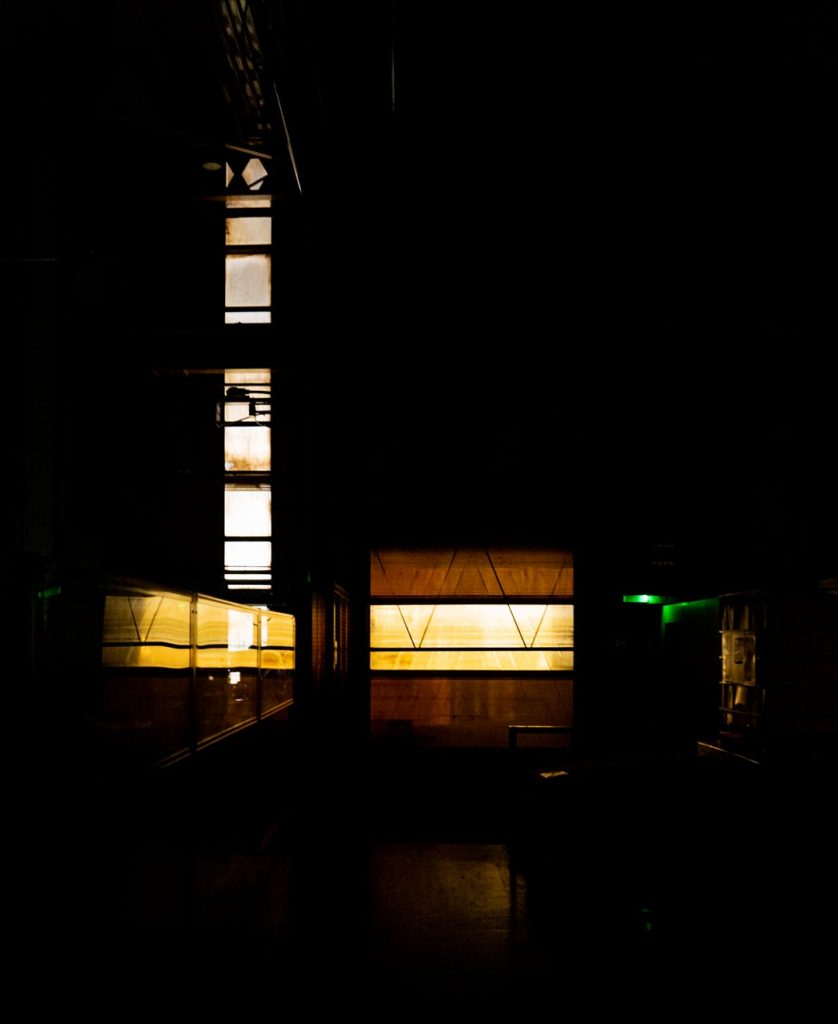
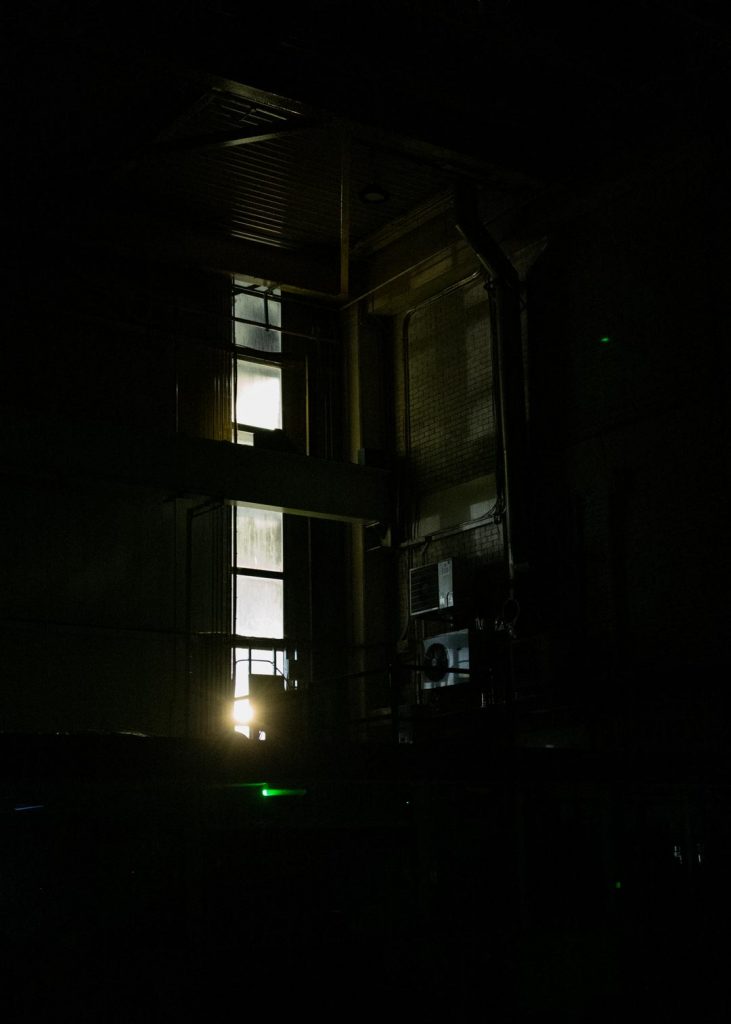
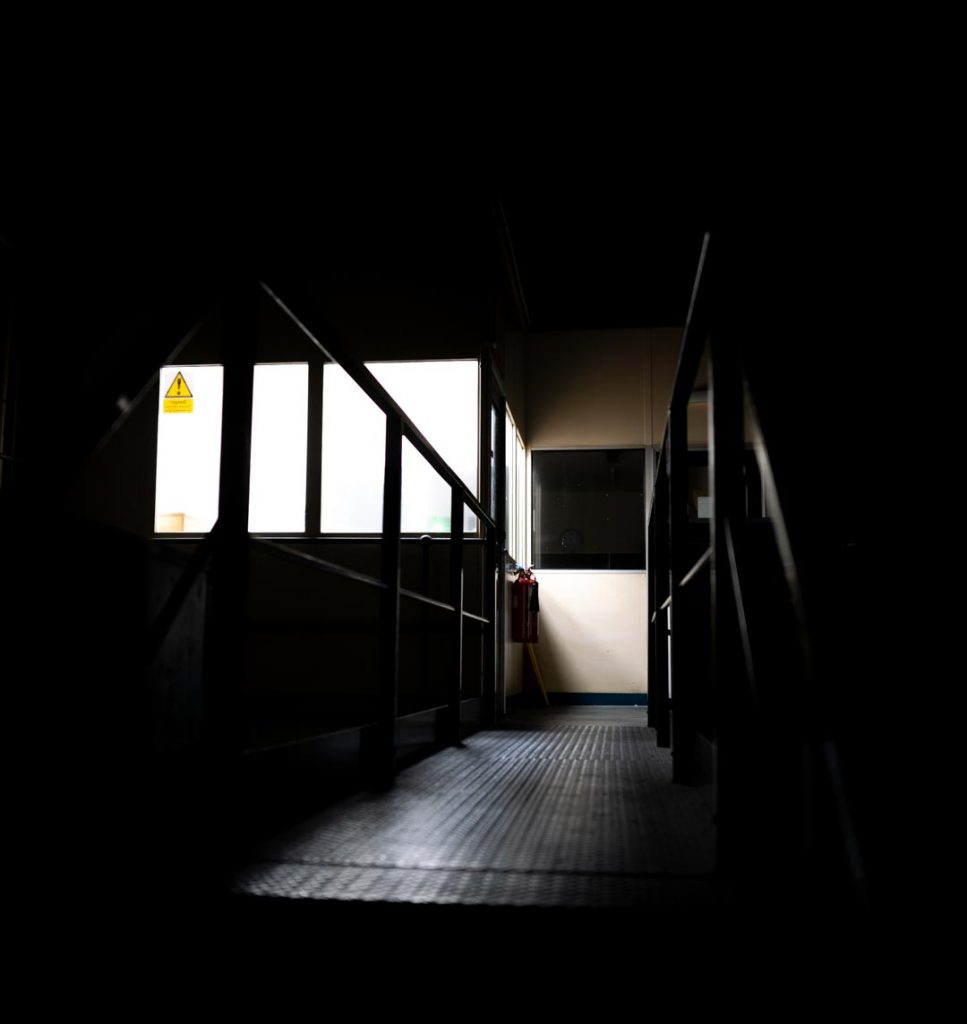
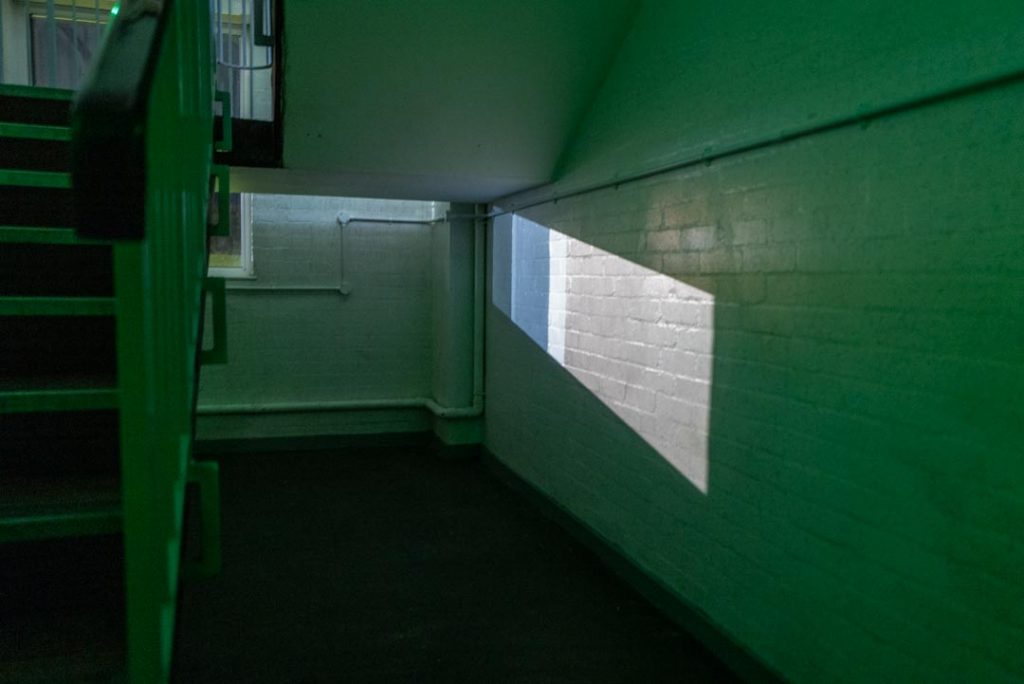

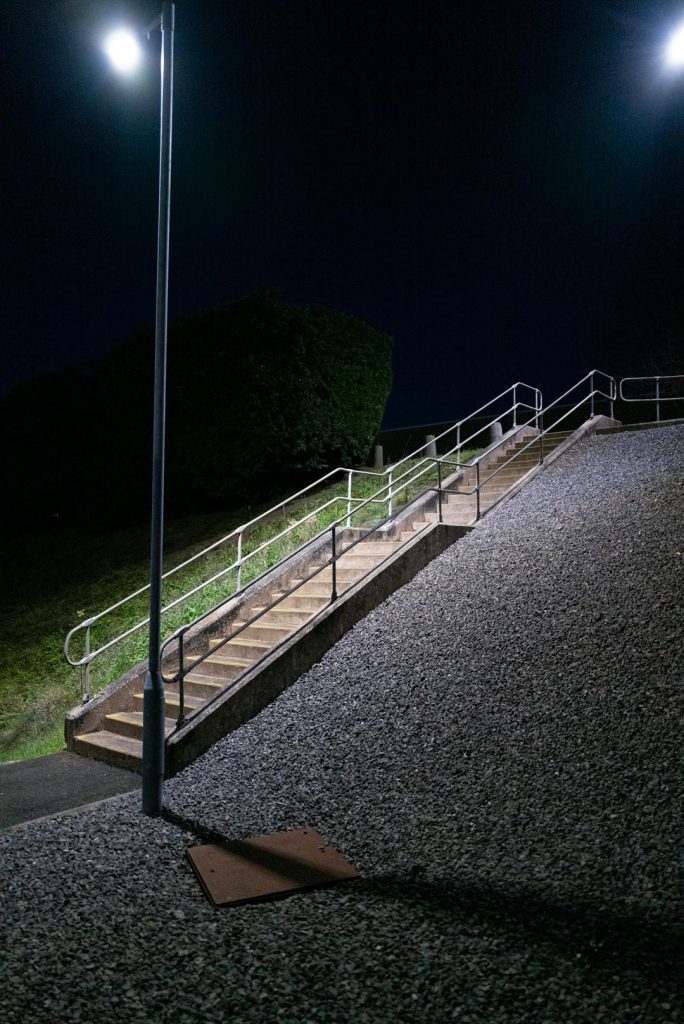
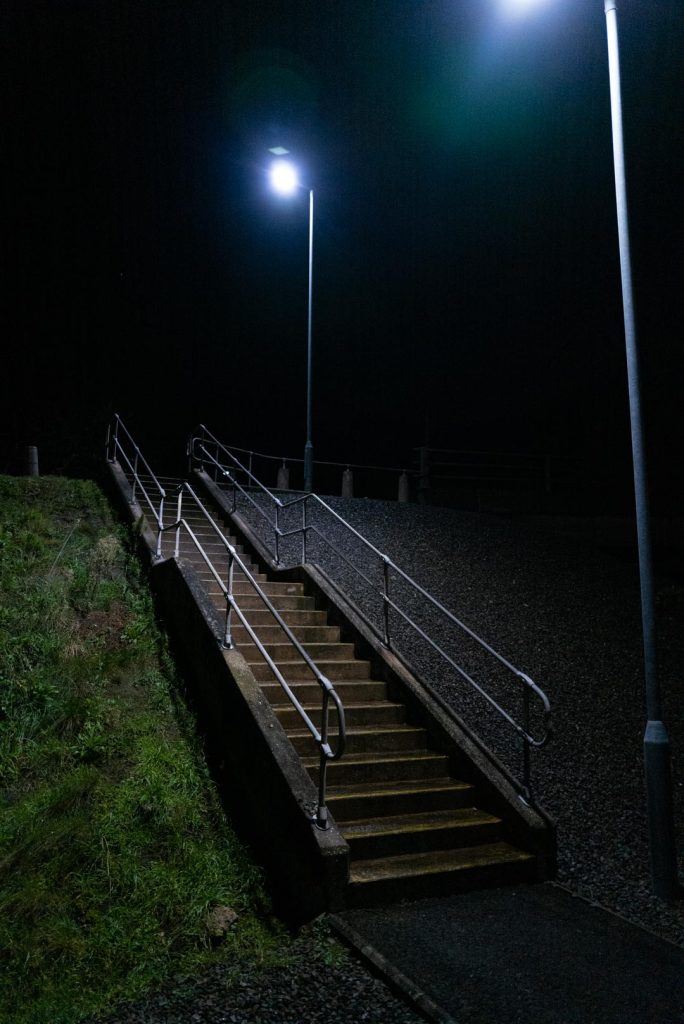
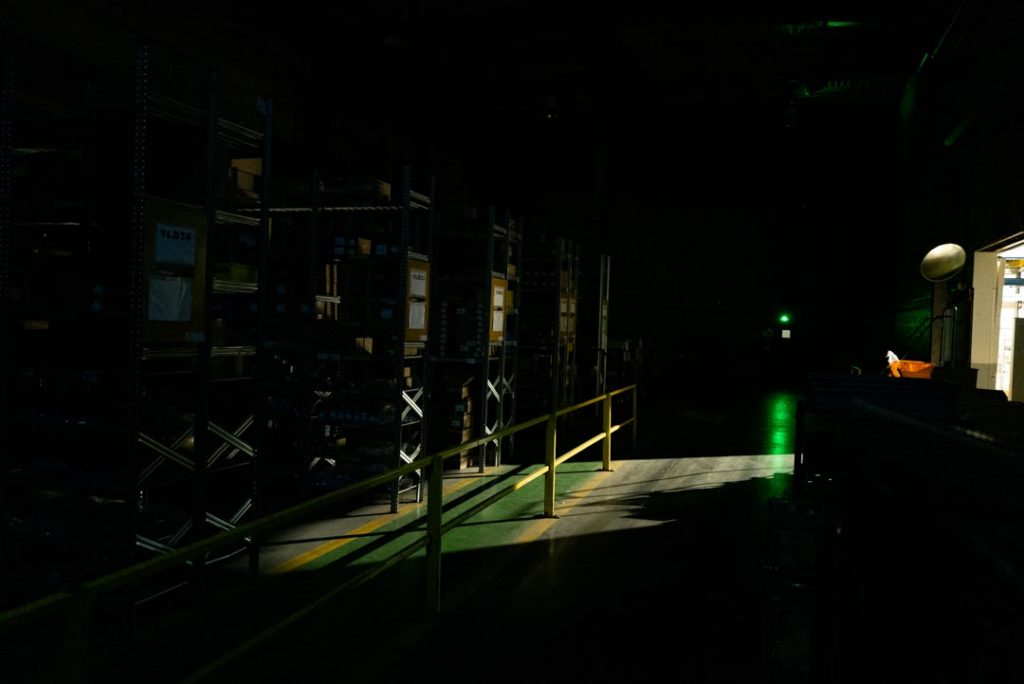
Be First to Comment